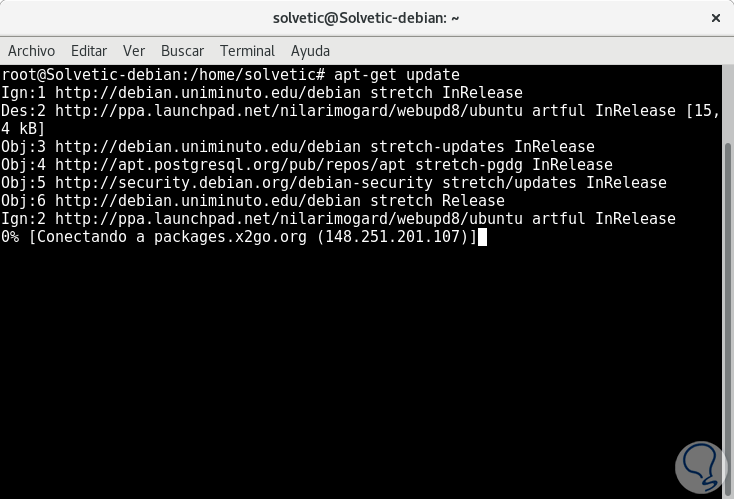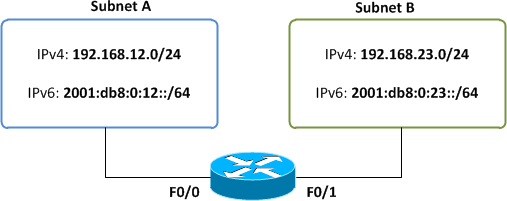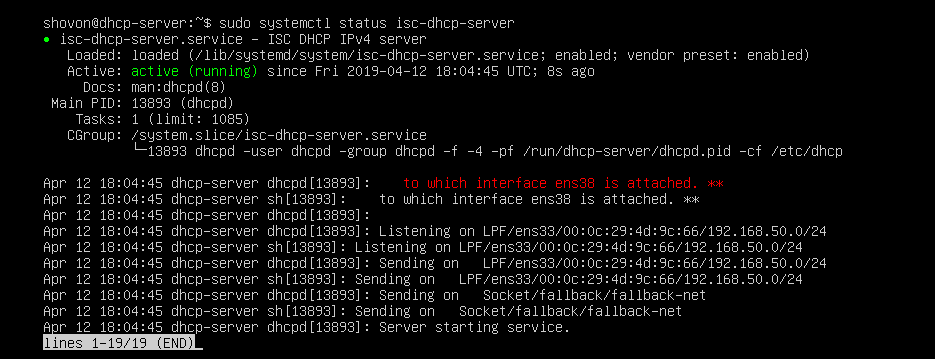

# DHCP server to understand the network topology. # No service will be given on this subnet, but declaring it helps the # have to hack nf to complete the redirection). # Use this to send dhcp log messages to a different log file (you also # network, the authoritative directive should be uncommented. # If this DHCP server is the official DHCP server for the local For example, configure both DHCPv4 and DHCPv6 by editing their respective.

# behavior of the version 2 packages ('none', since DHCP v2 didn't The ISC DHCP includes support for IPv6 ( DHCPv6 ) since the 4.x release with a. # attempt to do a DNS update when a lease is confirmed. # The ddns-updates-style parameter controls whether or not the server will # configuration file instead of this file. # Attention: If /etc/ltsp/nf exists, that will be used as First up, configure the IPv4 instance of the DHCP server. On recent versions of FreeBSD, the isc-dhcpd-server package installs two rc scripts, which are used to run the two instances of the daemon we’ll have to run. # Sample configuration file for ISC dhcpd for Debian / Ubuntu At present, the ISC DHCP daemon can’t run in both IPv4 and IPv6 modes simultaneously. I personally prefer to run the dhcp process on a linux system and relay it for both v4 and v6.Īssuming you are installing isc-dhcpd, the following configurations can be used to delegate host addresses for both IPv4 and IPv6 It's a 14 byte long identifier, starting with a 2 byte length information (usually ”0x000e”): # hexdump -e '"%07.When deploying dual stack, dhcpv6 is a crucial piece of the puzzle. Note that the ”dhcp.client-id” no longer belongs to a MAC address, an unique ID is used instead! ”dhcp6c” (see above) uses the file /var/lib/dhcpv6/dhcp6c_duid (would be created during first start, if not existing) as unique identity.

# Prefix range for delegation to sub-routers Option dhcp6.domain-search "domain.example" # Range for clients requesting a temporary address Note, that the router requires to have a interface configured with an IPv6 address out of the defined subnet. Create a dedicated configuration file /etc/dhcp/nf for the IPv6 part of the dhcpd.


 0 kommentar(er)
0 kommentar(er)
